![超弦和M理论导论(第2版) [Introduction to Superstrings and M-Theory 2nd ed]](https://pic.tinynews.org/10256967/30306ea5-9bd4-4383-8ce6-a5e41a156248.jpg)

具体描述
内容简介
超弦和M理论是现代物理学中有趣活跃的研究课题之一。该问题比较困难同时也充满争议,一些人称之为“理论”,这是因为超弦理论有可能解决困扰人们多年的难题,即统一二十世纪伟大的两个理论:广义相对论和量子场论。《超弦和M理论导论(第2版)》全面细致地讲解超弦理论和该领域的新研究进展,内容包括四维超弦,Kac-Moody代数,Teichmuller空间和Calabi-Yau流形,M理论和D膜,对偶和BPS关系,矩阵模型等,可以作为研究生教材,同时对研究人员也有参考价值。作者首先简要介绍了点粒子理论,然后利用费曼路径积分详细讨论超弦理论。超弦研究需要很多数学工具,书中分别作了介绍,如指标定理,同调论和Kahler流形等。在第二版中,作者对内容做了整体修订,并添加了M理论的三个新章节。阅读《超弦和M理论导论(第2版)》需要量子力学和相对论的基本知识。读者对象:理论物理、高能物理、场论和弦论等专业的高年级本科生、研究生和相关专业的科研人员。
作者简介
作者:(美国)加来道雄内页插图
目录
PrefaceAcknowledgments
Ⅰ First Quantization and Path Integrals
1 Path Integrals and Point Particles
1.1 Why Strings?
1.2 Historical Review of Gauge Theory
1.3 Path Integrals and Point Particles
1.4 Relativistic Point Particles
1.5 First and Second Quantization
1.6 Faddeev-Popov Quantization
1.7 Second Quantization
1.8 Harmonic Oscillators
1.9 Currents and Second Quantization
1.10 Summary
References
2 Nambu-Goto Strings
2.1 Bosonic Strings
2.2 Gupta-Bleuler Quantization
2.3 Light Cone Quantization
2.4 BRST Quantization
2.5 Trees
2.6 From Path Integrals to Operators
2.7 Projective Invariance and Twists
2.8 Closed Strings
2.9 Ghost Elimination
2.100 Summary
References
3 Superstrings
3.1 Supersymmetric Point Particles
3.2 Two-Dimensional Supersymmetry
3.3 Trees
3.4 Local Two-Dimensional Supersymmetry
3.5 Quantization
3.6 GSO Projection
3.7 Superstrings
3.8 Light Cone Quantization of the GS Action
3.9 Vertices and Trees
3.10 Summary
References
4 Conformal Field Theory and Kac——Moody Algebras
4.1 Conformal Field Theory
4.2 Superconformal Field Theory
4.3 Spin Fields
4.4 Superconformal Ghosts
4.5 Fermion Vertex
4.6 Spinors and Trees
4.7 Kac-Moody Algebras
4.8 Supersymmetry
4.9 Summary
References
5 Mulfiloops and Teichmuller Spaces
5.1 Unitarity
5.2 Single-Loop Amplitude
5.3 Harmonic Oscillators
5.4 Single-Loop Superstring Amplitudes
5.5 Closed Loops
5.6 Multiloop Amplitudes
5.7 Riemann Surfaces and Teichmiiller Spaces
5.8 Conformal Anomaly
5.9 Superstrings
5.10 Determinants and Singularities
5.11 Moduli Space and Grassmannians
5.12 Summary
References
Ⅱ Second Quantization and the Search for Geometry
6 Light Cone Field Theory
6.1 Why String Field Theory?
6.2 Deriving Point Particle Field Theory
6.3 Light Cone Field Theory
6.4 Interactions
6.5 Neumann Function Method
6.6 Equivalence of the Scattering Amplitudes
6.7 Four-String Interaction
6.8 Superstring Field Theory
6.9 Summary
References
7 BRST Field Theory
7.1 Covariant String Field Theory
7.2 BRST Field Theory
7.3 Gauge Fixing
7.4 Interactions
7.5 Witten's String Field Theory
7.6 Proof of Equivalence
7.7 Closed Strings and Superstrings
7.8 Summary
References
Ⅲ Phenomenology and Model Building
8 Anomalies and the Atiyah-Singer Theorem
8.1 Beyond GUT Phenomenology
8.2 Anomalies and Feynman Diagrams
8.3 Anomalies in the Functional Formalism
8.4 Anomalies and Characteristic Classes
8.5 Dirac Index
8.6 Gravitational and Gauge Anomalies
8.7 Anomaly Cancellation in Strings
8.8 Summary
References
9 Heterotic Strings and Compactification
9.1 Compactification
9.2 The Heterotic String
9.3 Spectrum
9.4 Covariant and Fermionic Formulations
9.5 Trees
9.6 Single-Loop Amplitude
9.7 Es and Kac——Moody Algebras
9.8 Lorentzian Lattices
9.9 Summary
References
10 Calabi——Yau Spaces and Orbifolds
10.1 Calabi-Yau Spaces
10.2 Review of de Rahm Cohomology
10.3 Cohomology and Homology
10.4 K/ihler Manifolds
10.5 Embedding the Spin Connection
10.6 Fermion Generations
10.7 Wilson Lines
10.8 Orbifoids
10.9 Four-Dimensional Superstrings
10.10 Summary
References
Ⅳ M-Theory
11 M-Theory and Duality
11.1 Introduction
11.2 Duality in Physics
11.3 Why Five String Theories?
11.4 T-Duality
11.5 S-Duality
11.5.1 Type IIA Theory
11.5.2 Type IIB Theory
11.5.3 M-Theory and Type IIB Theory
11.5.4 E8 E8 Heterotic String
11.5.5 Type I Strings
11.6 Summary
References
12 Compactifications and BPS States
12.1 BPS States
12.2 Supersymmetry and P-Branes
12.3 Compactification
12.4 Example: D = 6
12.4.1 D = 6, N = (2, 2) Theory
12.4.2 D = 6, N = (1, 1) Theories
12.4.3 M-Theory in D = 7
12.5 Example:D=4, N=2 and D=6, N=1
12.6 Symmetry Enhancement and Tensionless Strings
12.7 F-Theory
12.8 Example: D = 4
12.9 Summary
References
13 Solitons, D-Branes, and Black Holes
13.1 Solitons
13.2 Supermembrane Actions
13.3 Five-Brahe Action
13.4 D-Branes
13.5 D-Brane Actions
13.6 M(atrix) Models and Membranes
13.7 Black Holes
13.8 Summary
13.9 Conclusion
References
Appendix
A.1 A Brief Introduction to Group Theory
A.2 A Brief Introduction to General Relativity
A.3 A Brief Introduction to the Theory of Forms
A.4 A Brief Introduction to Supersymmetry
A.5 A Brief Introduction to Supergravity
A.6 Notation
References
Index
精彩书摘
(1) Because we are dealing with a first quantized theory, we have to take the sum over all interacting topologies that are swept out by the string. For the Nambu——Goto string, the precise nature of these topologies is ambiguous and must be specified by hand. However, for the Polyakov form of the action, which contains an independent metric tensor, we can eliminate most of this ambiguity by specifying that we sum over all conformally and modular in equivalent configurations. (These terms will be defined later.) This will become a powerful constraint once we start to derive loops and will determine the function measure uniquely. The measure and the topologies in the Nambu-Goto action, however, are not well defined. (We must point out, however, that this rule of integrating over in equivalent surfaces does not automatically satisfy unitarity. This still must be checked by hand.)(2) The gauge fixing of weyl invariance for the Polyakov action, although trivial classically, poses problems when we make the transition to quantum mechanics. An anomaly appears when we carefully begin the quantization process. In fact, this conformal anomaly will disappear only in 26
dimensions.
前言/序言
Superstring theory (and its latest formulation, M-theory) has emerged as the most promising candidate for a quantum theory of all known interactions. Superstrings apparently solve a problem that has defied solution for the past50 years, namely the unification of the two great fundamental physical theories of the century, quantum field theory and general relativity. Superstring theory introduces an entirely new physical picture into theoretical physics and a new mathematics that has startled even the mathematicians.Ironically, although superstring theory is supposed to provide a unified field theory of the Universe, the theory itself often seems like a confused jumble of folklore, random rules of thumb, and intuitions. This is because the development of superstring theory has been unlike that of any other theory, such as general relativity, which began with a geometry and an action and later evolved into a quantum theory. Superstring theory, by contrast, has been evolving backward for the past 30 years. It has a bizarre history, beginning with the purely accidental discovery of the quantum theory in 1968 by G. Veneziano and M. Suzuki.
Thumbing through old mathematics books, they stumbled by chance on the Beta function, written down in the last century by mathematician Leon hard Euler. To their amazement, they discovered that the Beta function satisfied almost all the stringent requirements of the scattering matrix describing particle interactions. Never in the history of physics has an important scientific discovery been made in quite this random fashion.
用户评价
作为一名对基础物理学有浓厚兴趣的学生,我一直渴望能找到一本真正能够引领我深入了解超弦理论和M理论的书籍。这本书的第二版,让我对它的内容更新和完善程度抱有很高的期待。我希望它能提供对这些复杂理论的全面介绍,从最基本的一维弦模型,到更高级的超对称性、11维M理论,甚至可能涉及到一些与黑洞物理、宇宙学相关的最新研究成果。我明白,这些理论涉及大量的数学工具,但我相信一本好的导论应该能够以一种相对易于接受的方式来介绍这些数学概念,或者至少解释它们的重要性。我希望这本书能成为我深入研究超弦和M理论的坚实基础,让我能够独立地阅读更深入的文献,并且对这个领域的发展方向有一个清晰的认识。我非常期待它能够帮助我建立起对这些前沿理论的直观理解,而不是仅仅停留在公式的堆砌层面。
评分哇,拿到这本《超弦和M理论导论(第2版)》的瞬间,就感觉沉甸甸的,不只是书本的物理重量,更是知识分量的压迫感。我本身对物理学,尤其是前沿领域抱有极大的好奇,但同时又承认自己的数学功底可能还没达到那种“可以随心所欲驾驭”的程度。所以,这本书对我来说,更像是一扇通往高深理论的窗户,我希望能通过它一窥宇宙最深层的奥秘,即便我无法完全理解每一个公式和推导,但至少能感受到那些伟大的物理学家们是如何一步步构建出这些令人着迷的模型的。我特别期待书中那些关于“弦”的想象,它们如何连接不同的粒子,如何解释宇宙的统一性,这简直太迷人了。我希望这本书能用一种相对清晰的方式,引导我进入这个复杂而又美妙的世界,即使我需要反复咀嚼、甚至借助其他辅助材料,但只要能点燃我的求知欲,让我对物理学的未来产生更深的敬畏,那就值了。我还在好奇,它会不会涉及到一些关于早期宇宙演化、黑洞信息悖论等热门话题,这些都是我非常感兴趣的领域,如果能在这本书里找到一些启发性的观点,那真是太棒了。
评分我对宇宙的起源和终极命运充满了好奇,而弦理论和M理论无疑是探索这些终极问题的最前沿理论之一。这本书的出现,对我来说就像是拥有了一把能够打开宇宙奥秘之门的钥匙。我希望它能用一种既严谨又不失趣味的方式,为我揭示那些令人难以置信的物理概念,比如额外的空间维度、膜(branes)的存在、以及量子引力的基本框架。我明白,要完全掌握这些内容需要付出巨大的努力,但我更看重的是,这本书能否在我心中播下探索的种子,让我对宇宙的运行规律产生更深刻的理解和更崇高的敬畏。我想知道,那些理论物理学家们是如何在黑板上“玩转”宇宙的,他们是如何通过精妙的数学推演,构建出如此宏大而令人惊叹的理论体系的。这本书,就是我迈向那个未知领域的第一个台阶。
评分说实话,一开始被这本书的书名吸引,是因为“超弦”和“M理论”听起来就充满了未来感和神秘感,就像科幻小说里的概念,但它又是真实的物理学理论。我之前断断续续地接触过一些科普类的物理学介绍,对弦理论的一些基本想法有所了解,比如弦是构成物质的基本单元,而不是点粒子。但这本“导论”的厚度,让我明白这绝非仅仅是泛泛而谈的科普,而是真正要深入到理论的腹地。我的期望是,它能够提供一种循序渐进的学习路径,从最基础的概念讲起,逐步构建起读者对超弦理论和M理论的认知框架。我尤其关注书中的数学工具,我知道这部分是学习弦理论的难点,但我也相信,如果这本书能以一种比较易于理解的方式来介绍这些数学概念,或者至少说明它们在理论中的作用,那就极大地降低了入门的门槛。我希望这本书能让我看到,物理学家们是如何通过抽象的数学语言来描述我们这个宇宙的,那种智慧的光芒,是我最想去感受的。
评分我最近正在学习量子场论,感觉自己对微观世界的理解又上了一个台阶,但紧接着就面临着一个问题:现有的量子场论在描述引力方面遇到了困难,而弦理论和M理论正是试图解决这个问题的“救世主”。所以,我买这本书,很大程度上是希望它能连接我已有的知识体系,让我看到一个更宏大、更统一的物理学图景。我期待这本书能清晰地解释,为什么传统的量子场论在引力上会“失灵”,以及超弦理论是如何巧妙地绕过这些难题的。同时,我也非常想了解M理论,它在弦理论发展过程中扮演着怎样的角色,它又是如何将不同的弦理论统一起来的。这本书如果能在我理解量子场论的基础上,进一步拓宽我的视野,让我看到物理学前沿的最新进展,那就非常完美了。我希望它能给我一些新的思考方向,甚至激发出我进一步深入研究的动力。
评分非常好!非常好!非常好!非常好!非常好!非常好!非常好!非常好!非常好!非常好!非常好!非常好!非常好!非常好!非常好!非常好!非常好!非常好!非常好!非常好!非常好!非常好!非常好!非常好!非常好!非常好!非常好!非常好!非常好!非常好!非常好!非常好!非常好!非常好!非常好!非常好!非常好!非常好!
评分全英文,学习英文中,
评分非常好!非常好!非常好!非常好!非常好!非常好!非常好!非常好!非常好!非常好!非常好!非常好!非常好!非常好!非常好!非常好!非常好!非常好!非常好!非常好!非常好!非常好!非常好!非常好!非常好!非常好!非常好!非常好!非常好!非常好!非常好!非常好!非常好!非常好!非常好!非常好!非常好!非常好!
评分很专业,英语的,需要慢慢看。
评分总的来说非常难得。虽然是英文,我英文很烂,为了看这书我决定刻苦学英文。
评分优点:加来道雄 著
评分服务态度很好,产品质量很好!
评分这方面的书很少的,可以买。
评分好。。。。。
相关图书
本站所有内容均为互联网搜索引擎提供的公开搜索信息,本站不存储任何数据与内容,任何内容与数据均与本站无关,如有需要请联系相关搜索引擎包括但不限于百度,google,bing,sogou 等
© 2026 book.tinynews.org All Rights Reserved. 静思书屋 版权所有

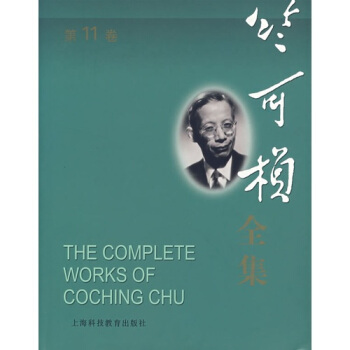
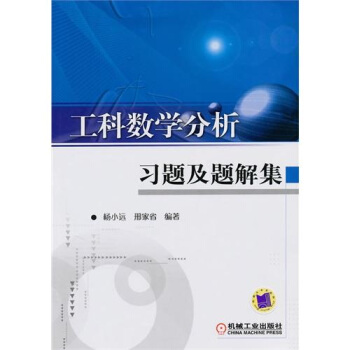

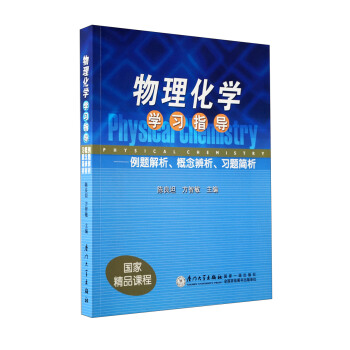

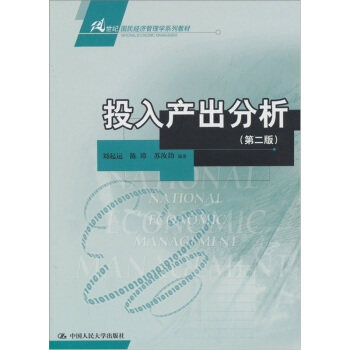
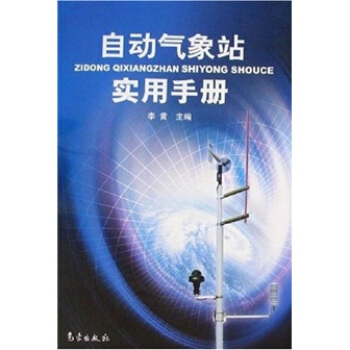


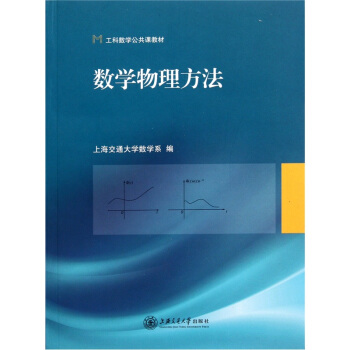

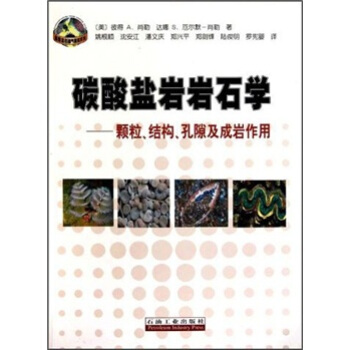
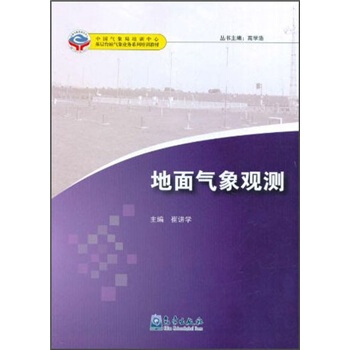
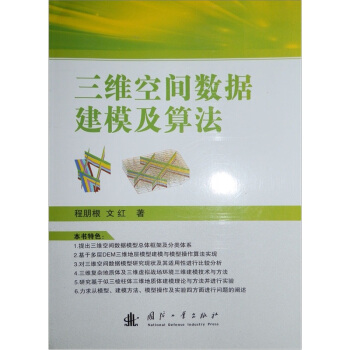
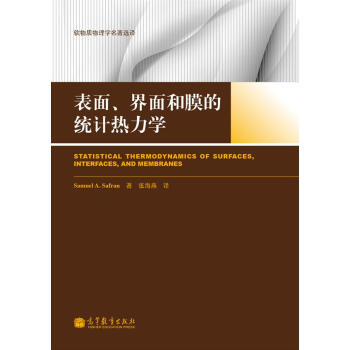
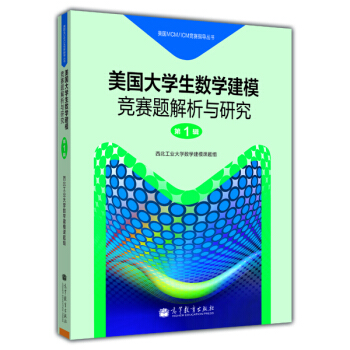

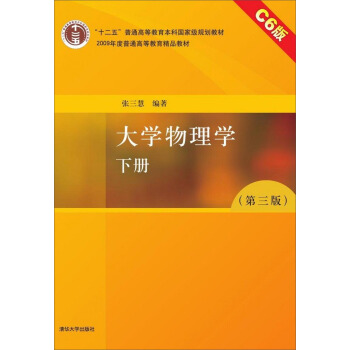

![牛津通识读本:进化(中英双语) [Evolution] pdf epub mobi 电子书 下载](https://pic.tinynews.org/11664853/5a141c23N54ada9e8.jpg)